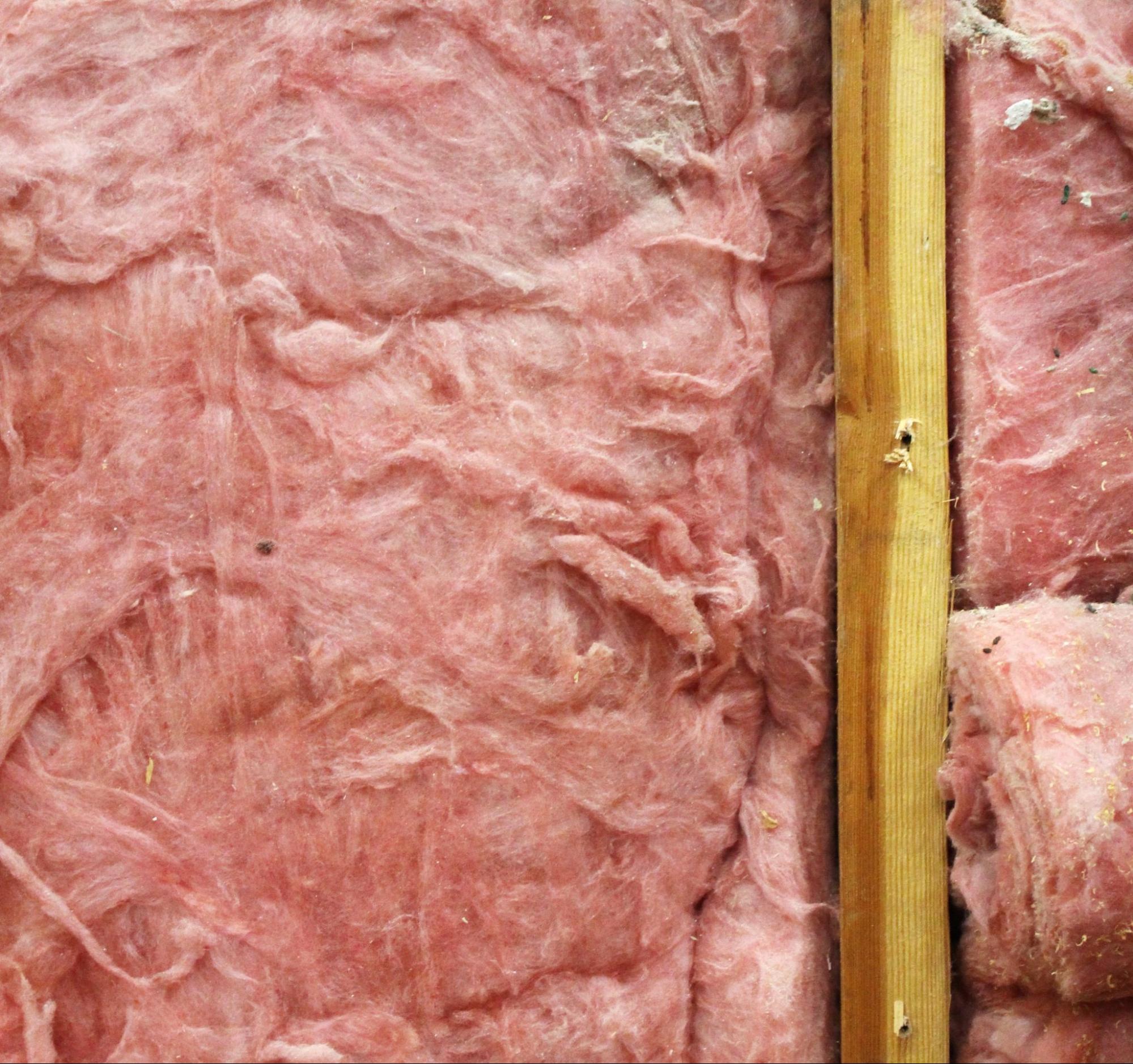
Cavity vs. Continuous Insulation: Discover the Best Option for Maximum Efficiency

Insulation is the key to keeping modern buildings efficient. With high energy prices, increased energy efficiency has never been more necessary. Insulation typically lasts the life of the building, so proper insulation selection and installation is a decision that affects the entire building lifecycle. Choosing the right type of insulation technique and materials is important for building an efficient structure that costs less to maintain and operate.

The Many Purposes of Insulation
It is common knowledge that insulation helps save on energy bills, but insulation also provides a host of other benefits from occupant comfort to building longevity:
Energy Efficiency
Heat naturally wants to flow from areas of high temperature to areas of low temperature. Insulation helps to slow down this flow of heat which reduces the energy required to heat or cool a building. Proper installation of insulation during construction saves money and energy for the entire life of the building.
Occupant Comfort
Good insulation minimizes hot and cold spots throughout a building, to give the structure a more even temperature. Additionally, insulation is great for dampening noises both inside and outside the building. Less noise and more even temperatures make occupants more comfortable inside well-insulated buildings.
Building Reliability
Insulation reduces the range of temperatures that building components are exposed to. The reduction in temperature range also decreases the amount of expansion and contraction of the building materials which can cause problems over time. More stable temperature ranges increase the life of the components used in construction and decrease the likelihood of condensation occurring within a wall assembly.
Cavity vs. Continuous Insulation, What’s the Difference?
While insulation is designed to do the same thing, slow the transfer of heat from one environment to the other, how it is applied to a building has a great impact on the overall effectiveness. Typically insulation is installed in one of two ways, cavity or continuous, each with its own pros and cons.
Cavity Insulation
The traditional method of installing insulation is in the cavities formed between the studs in a wall. As wood or steel studs are used to frame a wall, cavities are naturally created between these studs. Before the wall is sealed, insulation is added into and secured in this cavity.

Cavity insulation works well with traditional building methods, however, it does not maximize the potential efficiency of the wall. Because the plane of insulation is repeatedly broken up by the studs, heat, air and moisture is given many opportunities to pass around the insulation or through the suds.
Continuous Insulation
Continuous insulation attempts to solve some of the issues with cavity insulation, for more energy-efficient structures. Continuous insulation involves installing a continuous plane of insulation on the outside of a building, just behind the exterior cladding. The continuous insulation is not broken up by studs, so the building is wrapped in a continuous “blanket” of insulation. This method also is compromised by thermal bridging at each stud, the impact is less.
The Issue of Thermal Bridging
The term that explains why studs hurt a wall’s energy efficiency is called thermal bridging. When a path for heat to flow is provided through or around insulation, a thermal bridge is formed. Thermal bridges can add up to have a serious impact on a wall’s ability to slow the flow of heat.
Thermal bridges are very common in walls that use cavity insulation. Studs, fasteners, and other wall components allow heat to move through and around the insulation which reduces the wall’s total insulation efficiency. To correct for thermal bridging, either specialized components must be used, or the insulation technique must change to a continuous insulation method.

Fox Blocks Insulated Concrete Forms (ICFs) Means Energy Efficiency
When comparing cavity insulation vs. continuous insulation to optimize energy efficiency, make sure insulated concrete forms (ICFs) are at the top of your list.
Consisting of two layers of EPS foam sandwiched together with ties and designed to be easily stacked on a job site, ICF blocks make energy-efficient construction easy. After stacking the blocks, metal reinforcement is added to the cavity in the block between the foam panels. Finally, concrete is poured into the cavity and allowed to set.
Once the concrete is cured, what is left is an incredibly strong, energy-efficient structure. The steel-reinforced walls can take a beating and the interior and exterior layers of foam keep heat where it is supposed to be. Due to the construction techniques used with ICF blocks, two layers of continuous insulation form naturally, with no thermal breaks. The insulated mass concrete wall acts as a thermal battery enhancing the operational thermal efficiency of the wall. ICF block buildings remain energy-efficient for many decades.
To find out more about how ICF blocks make continuous insulation easy, speak to the experts at Fox Blocks today!